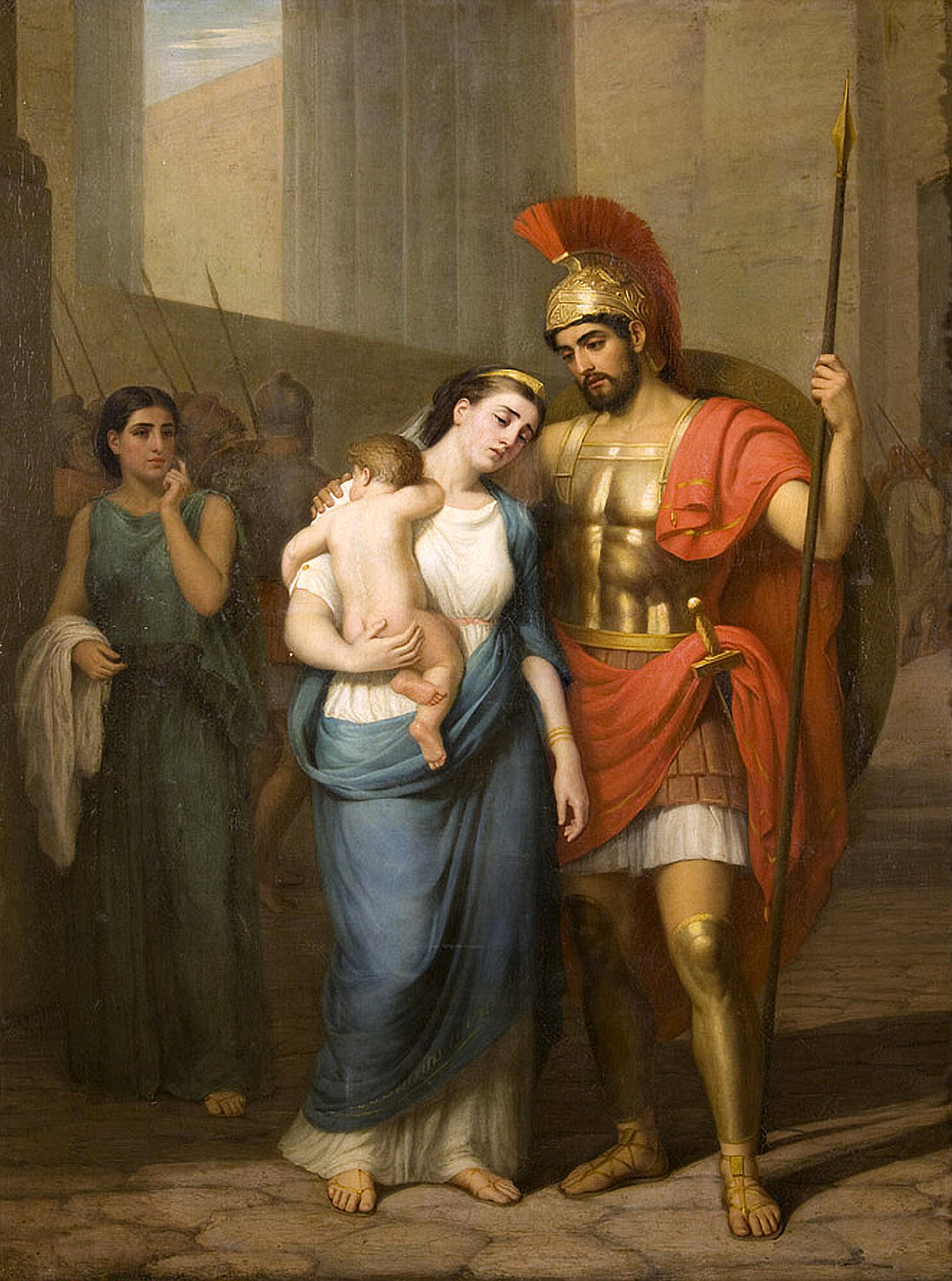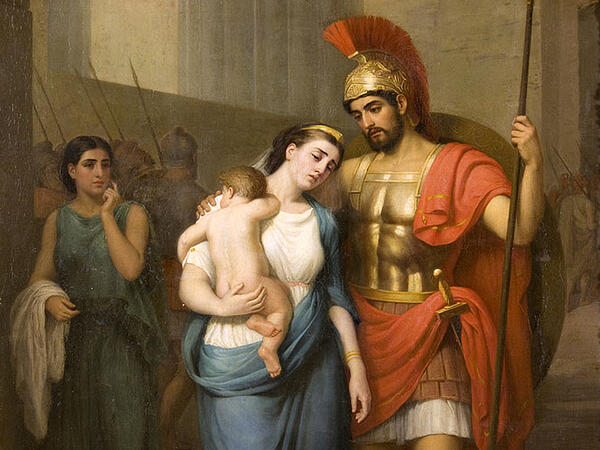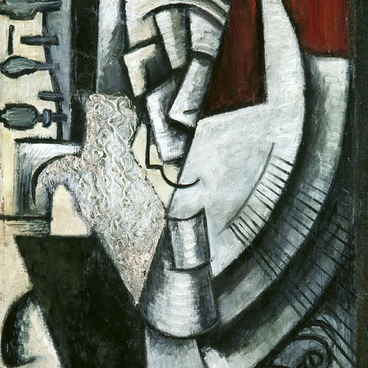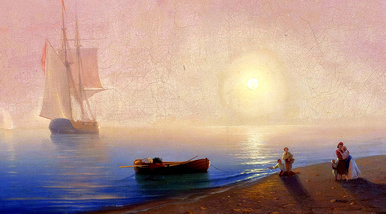Sergey Postnikov was born in Moscow into a merchant family. It is not possible to reliably establish the year of his birth as various sources name 1825, 1826, 1827 and even 1838. Postnikov received his artistic education at the Moscow School of Painting, Sculpture and Architecture. After that, he studied at the Imperial Academy of Arts for another three years. He graduated from the Academy in 1859 as a non-class artist of historical and portrait painting. A non-class artist was a title that a graduate received if he was awarded a Minor (or second class) silver medal at the final exam. The title allowed him to have benefits regarding military service and to leave the taxable social stratum, which paid the poll tax and could be subjected to corporal punishment.
Postnikov did not receive a pensioner’s allowance; he went to Rome at his own expense and worked there for five years. In 1863, he brought back to Russia his two paintings from a trip abroad. One of them, “Bacchante with a Tambourine”, is now housed in the State Tretyakov Gallery. And the second painting, “Farewell of Hector and Andromache”, is displayed at the exhibition of the Chelyabinsk State Museum of Fine Arts. In those years, the Academy elected him as its member for having created both paintings.
The painting from the funds of the Chelyabinsk State Museum is a historical canvas on the plot of “The Iliad” by Homer. Postnikov created it according to the classicism canons: an ancient plot, a perfectly made composition and restrained colors.
“Farewell of Hector and Andromache” is the only lyrical scene in “The Iliad”, full of battles. The short meeting of Hector, the hero of the Trojans, with his family became a symbol of family virtue and awareness of duty. It was this episode that gave start to countless variations of scenes with the farewell of the family and the warrior in the 18th and 19th centuries.
Hector, taking advantage of a short respite between battles, climbs the city tower, where Andromache watches the battle with their son and a nurse. She begs Hector to take care of himself offering to stay in the city instead of going to the battlefield. The fact that they are certain about their sad fate makes their dialogue even more tragic. Hector knows that he will die, Andromache knows that she will be taken as a prisoner, and both of them know that their son will be killed.
Postnikov did not receive a pensioner’s allowance; he went to Rome at his own expense and worked there for five years. In 1863, he brought back to Russia his two paintings from a trip abroad. One of them, “Bacchante with a Tambourine”, is now housed in the State Tretyakov Gallery. And the second painting, “Farewell of Hector and Andromache”, is displayed at the exhibition of the Chelyabinsk State Museum of Fine Arts. In those years, the Academy elected him as its member for having created both paintings.
The painting from the funds of the Chelyabinsk State Museum is a historical canvas on the plot of “The Iliad” by Homer. Postnikov created it according to the classicism canons: an ancient plot, a perfectly made composition and restrained colors.
“Farewell of Hector and Andromache” is the only lyrical scene in “The Iliad”, full of battles. The short meeting of Hector, the hero of the Trojans, with his family became a symbol of family virtue and awareness of duty. It was this episode that gave start to countless variations of scenes with the farewell of the family and the warrior in the 18th and 19th centuries.
Hector, taking advantage of a short respite between battles, climbs the city tower, where Andromache watches the battle with their son and a nurse. She begs Hector to take care of himself offering to stay in the city instead of going to the battlefield. The fact that they are certain about their sad fate makes their dialogue even more tragic. Hector knows that he will die, Andromache knows that she will be taken as a prisoner, and both of them know that their son will be killed.



